Health examination CT found lung nodules, how to do?

We pay more and more attention to the results of health examination, especially in recent years, in the chest CT examination found many people with small pulmonary nodules, the physical examination to get the health examination report, first look at the chest CT results, ah! I have a lung nodule, and I can't feel anything! Is it lung cancer? What should I do? Don't worry. Listen to what Dr. Chang tells you.
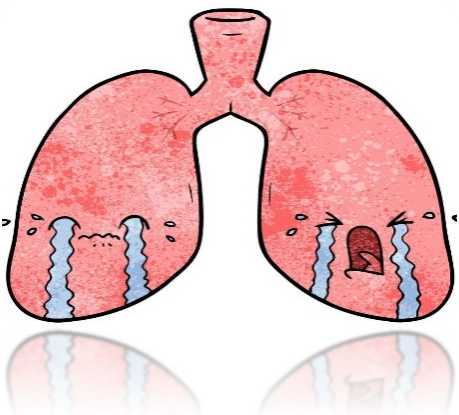
What I introduce to you here mainly refers to the pulmonary nodules found by CT during the health examination without corresponding signs and symptoms. However, pulmonary nodules found in patients with other tumors and immunosuppression need to be treated differently according to individual conditions.
1. What do pulmonary nodules mean?
Pulmonary nodules as defined by imaging are small, well-defined lesions completely surrounded by lung parenchyma, with a diameter ≤30mm. Lesions larger than 30mm in diameter are called masses rather than nodules. Pulmonary nodules are divided into solid or subsolid nodules, which are further divided into pure glass nodules (with no solid component) and partially solid nodules (with ground glass component and partially solid component).
2. Are pulmonary nodules benign or malignant?
Lung nodules found by chance in physical examination can be divided into benign and malignant. It is believed that many people will be nervous and pay more attention to whether their lung nodules are benign or malignant once they find themselves with lung nodules. In general, the majority of lung nodules found during this physical examination are benign.
Malignant pulmonary nodules: Common causes include primary lung cancer, metastatic lung cancer, and carcinoid cancer.
Benign pulmonary nodules: Common causes include infectious granulomas, benign tumors, vascular lesions, and other inflammatory lesions.
3. What should I do if I find a lung nodule?
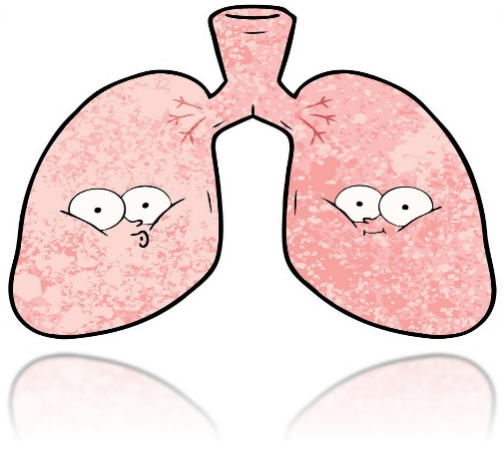
The doctor will look at the person's age, whether they smoke or have smoked, whether someone in their immediate family has lung cancer, whether they have other symptoms or other known cancers, whether they have been exposed to asbestos or other substances that can cause cancer, whether they have had a chest CT before, and what changes have taken place in the lung nodules on the chest CT. To comprehensively analyze, evaluate and judge whether the malignant probability of pulmonary nodules is large or small, so as to decide to take further treatment programs. There are three main categories of treatment plans, one is active surgical excision biopsy, the second is regular follow-up monitoring, the third is non-surgical biopsy. For those with a high probability of malignancy, surgical resection will be recommended as a priority, and for those with a low probability of malignancy, regular review and close observation will be recommended.
(1) Surgical biopsy and excision: Surgical excision biopsy is the gold standard for the diagnosis of pulmonary nodules, which not only excises pulmonary nodules, but also obtains pathological diagnosis. Surgical biopsy can diagnose early lung cancer, and can also be performed at the same time as the biopsy of early lung cancer, thereby improving the survival rate and quality of life of patients.
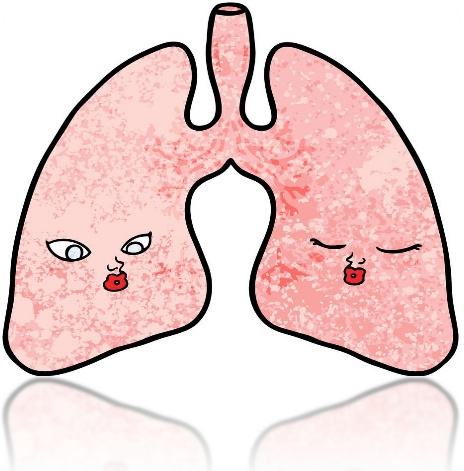
(2) Regular follow-up monitoring: Regular follow-up observation is a conservative treatment, usually using thin-slice chest CT scan or three-dimensional imaging for regular follow-up monitoring of patients. Close monitoring is to avoid unnecessary surgical removal of benign nodules, but this may increase the probability of delayed diagnosis or missed early stage lung cancer, so it is important to inform patients about the advantages and disadvantages of CT monitoring, as well as the risk of radiation exposure.
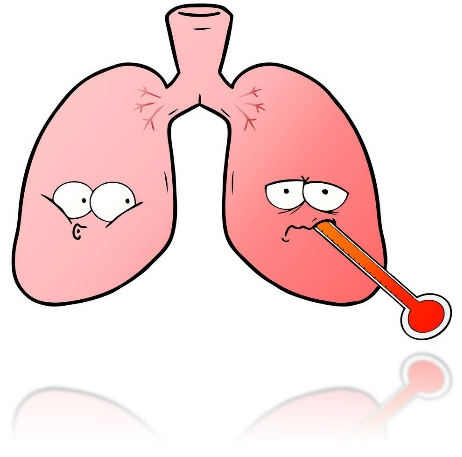
(3) Non-surgical biopsy: Those who are more likely to have malignant pulmonary nodules and are not suitable for surgical resection or are unwilling to undergo surgical treatment due to age or comorbidities can choose non-surgical biopsy, including bronchoscopic biopsy and transthoracic puncture biopsy.
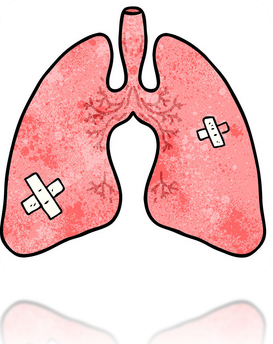
Dr. Zhang reminds: Don't be nervous when lung nodules are found in CT examination during health examination, because most lung nodules are benign, the doctor will analyze and evaluate according to the specific situation of the patient, and propose different treatment strategies according to the possibility of malignant pulmonary nodules, but once the patient finds lung nodules, do not underestimate them, and should find a thoracic surgeon for scientific evaluation.
Contributors:
Zhang Yi
Affiliated Hospital of Qingdao University
Reviewer:
Wang Yan
Vice President, Health Management Branch, Chinese Geriatric Society
Director of Health Examination Center, Affiliated Hospital of Qingdao University

